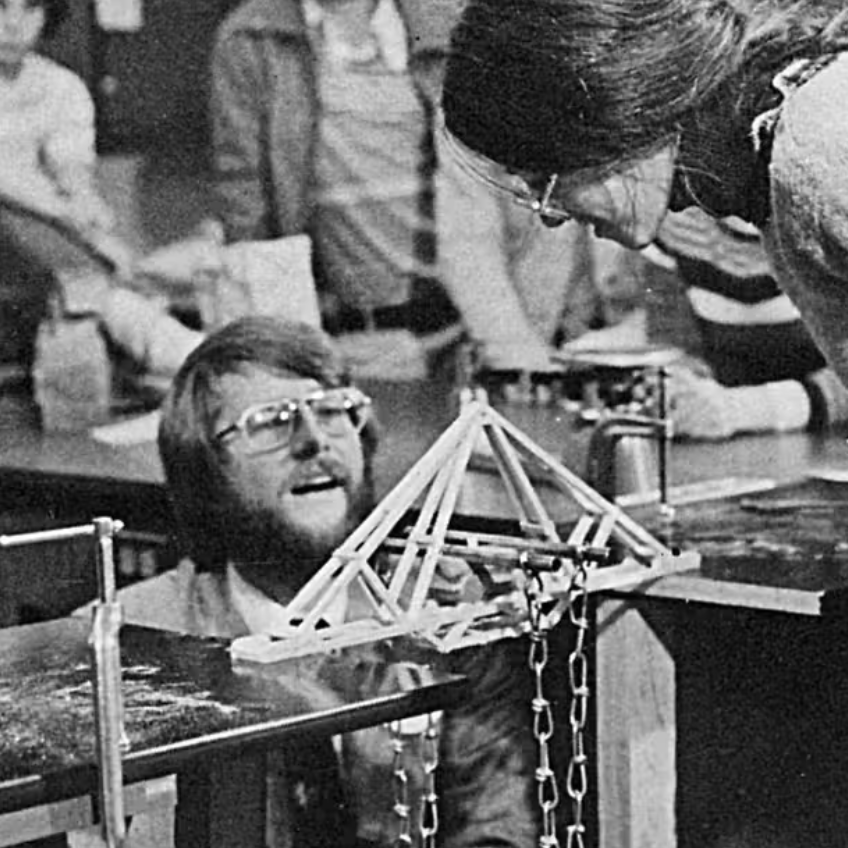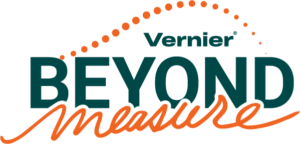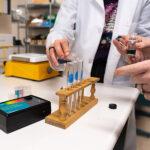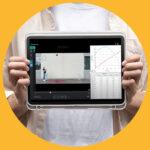
Sharing ideas and inspiration for engagement, inclusion, and excellence in STEM

This fall will mark Dave Vernier’s 50th year in education. From starting his career as a physics teacher, first at an inner-city school in Cleveland and later in Oregon, to ultimately co-founding Vernier Software & Technology, science education and technology have always been passions for Dave.
Over the past 38 years, Vernier Software & Technology has supported thousands of science educators through the use of reliable hands-on technology. We asked Dave about science education and the changes he’s seen in edtech over his years in the business.
Q: 50 years is a long time in education. During that time, how did the use of technology in schools get started? How has it changed and evolved?
A: When I started teaching, there was not very much of what you would call “technology” being used. Thankfully, there is a lot more and better-quality equipment now.
During my teaching, I loved to do experiments, and the students did a good job taking data, but then they had to graph the data by hand on paper. This often took them a long time to complete. By the time they had the graph completed, they saw very little connection between the graph and the experiment they had done 15 minutes earlier. It was just “busy work” to them. Having a computer graph the data as they are taken makes all the difference in having students understand graphs.
The computer speeds up every aspect of the experimental process—the data collection, the graphing, the data analysis, and even the write-up. Now, students can do an experiment and repeat it with varying conditions to look for patterns, as well as even design their own experiments.
Q: Throughout this time, what has surprised you most about the use of technology in science education?
A: Over the years, I’ve been surprised at how many people have resisted changing their style of teaching to incorporate technology into their instruction, but I hope this is changing. Today, there is certainly a lot of evidence that hands-on science education is more effective for most students.
I know firsthand how integrating technology can transform instruction. When I was a beginning science teacher, I loved to do demonstrations, but it was difficult to do anything quantitative. I had no way to display a temperature reading or display a “stopwatch time” to the whole class. When I came up with a simple large number display on an Apple II screen, it was a major breakthrough for doing demonstrations.
Q: What have been some of the changes in drivers for the use of technology in education?
A: I think there is more and more evidence that lecturing does not work well for most students and technology can help provide more engaging activities that get students more involved.
There are some students who are extremely motivated and interested in science, and they can excel by listening to lectures and doing worksheets or solving problems. Many more students, however, will get excited about science and be motivated to want to learn more if they are active and “doing” science. It is important that we get more students to like science and to consider STEM careers—that is where so many of the good jobs are today and will be in the future.
Q: What are some of the biggest promises for the use of technology in education?
A: We all are lucky to live at a time when scientific and mobile devices are getting more and more powerful and, at the same time, less expensive. This does not happen in many areas. When I started teaching, for example, Boeing 747s were already flying. Today, they still are and they are not tremendously different.
Q: Today’s students are digital natives. How do educators need to think differently about this generation?
A: I noticed an old cartoon we used in an early edition of our The Caliper newsletter that showed a frustrated computer user and someone next to him suggesting that he should ask the neighbor kid for help. Sometimes a lot of people have feelings like that, and it is valid. Kids are great at learning new technologies. I think it is partly that they have more free time, but also they have less baggage of old concepts that are no longer valid.
All I can say is: take advantage of students’ expertise! We often tell a teacher who says they don’t have time to learn a new technology, “Give it to one of your students and have them teach the class. The student will feel empowered and everyone learns!”
From all of us at Vernier, we congratulate Dave on reaching this major 50-year milestone! We thank you for continually inspiring, creating, and leading in science education and look forward to many more years to come.
Share this Article

Sign up for our newsletter
Stay in the loop! Beyond Measure delivers monthly updates on the latest news, ideas, and STEM resources from Vernier.






